A lease agreement is a legally binding contract wherein a property owner (lessor) grants temporary possession and use of real property to another party (lessee) for specified consideration and duration, subject to mutually agreed terms and conditions.
Lease Type
Select the lease structure that best fits your rental arrangement. 'Fixed Term' leases have a set end date, while 'Month-to-Month' leases renew automatically each month.
By State
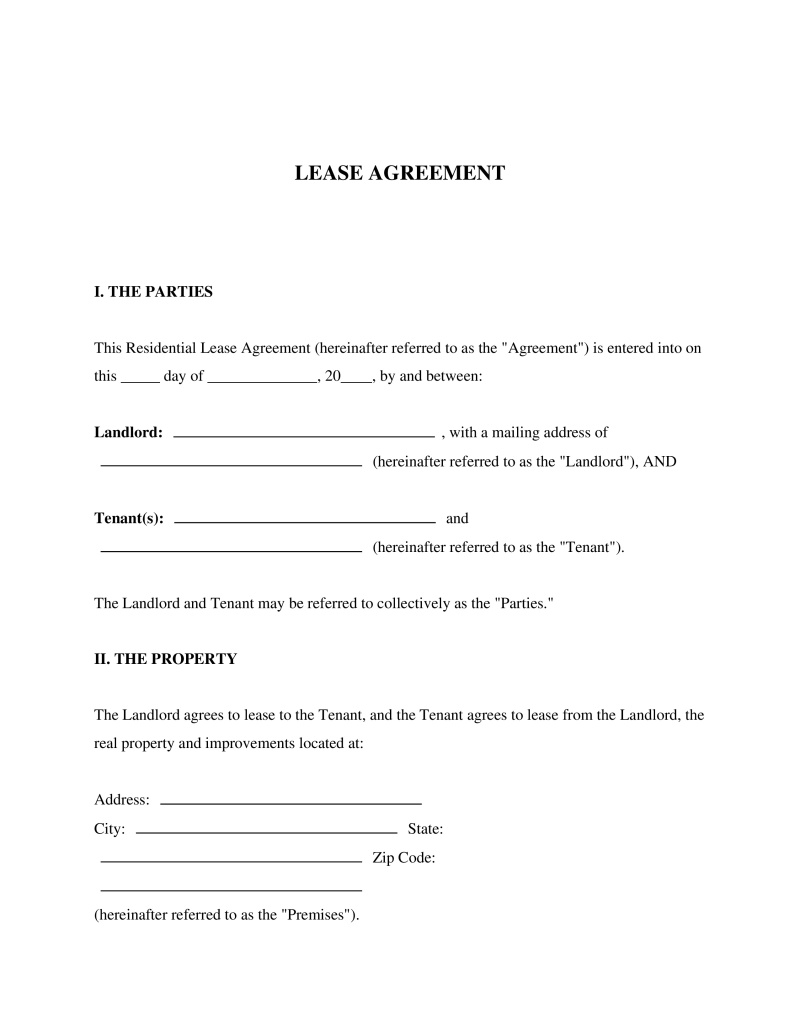
Table of Contents
What is a Lease Agreement?
A lease agreement functions as a legally binding contract between a landlord and a tenant outlining the terms of renting property. This document establishes the rights and obligations of both parties regarding the use of a residential or commercial space for a specified period. Property owners utilize this instrument to secure rental income while providing occupants with the legal right to possession and quiet enjoyment of the premises.
Essential Elements of a Valid Lease
A residential lease agreement must contain specific components to be enforceable in a court of law. State regulations often dictate the exact requirements, but most jurisdictions mandate the inclusion of the following details:
- Identification of Parties - The full legal names of the landlord (lessor) and the tenant (lessee) must appear clearly.
- Property Description - The contract requires the full address and specific details regarding the rental unit, including unit numbers or parking assignments.
- Term of Tenancy - The document specifies the start date and end date of the lease or defines the renewal terms for periodic tenancies.
- Consideration (Rent) - The agreement outlines the amount of rent due, the due date, acceptable payment methods, and any applicable late fees.
- Signatures - A valid contract typically requires the dated signatures of all adult parties involved in the tenancy.
Types of Lease Agreements
Rental arrangements vary significantly based on the duration of the tenancy and the specific needs of the property owner and occupant. Common variations include:
- Fixed-Term Lease - Establishes a tenancy for a specific period, typically 12 months, during which the terms cannot change without mutual consent.
- Month-to-Month Rental Agreement - Creates a tenancy that renews automatically each month until either party provides proper termination notice.
- Sublease Agreement - Allows an existing tenant to rent all or part of the property to a third party for a portion of the original lease term.
- Commercial Lease - Governs the rental of property for business purposes, often including complex terms regarding operating expenses and zoning.
- Room Rental Agreement - Designates a specific bedroom for the tenant's exclusive use while granting shared access to common areas like the kitchen and living room.
- Rent-to-Own Agreement - Combines a standard lease with an option to purchase the property at a predetermined price after a set period.
Federal and State Legal Framework
Landlord-tenant relationships operate under a complex structure of federal statutes and state-specific laws. These regulations supersede any conflicting terms written into a private contract:
- Fair Housing Act (42 U.S. Code §§ 3601-3619) - Prohibits discrimination in housing based on race, color, national origin, religion, sex, familial status, or disability.
- Title X of the Housing and Community Development Act (1992) - Mandates the disclosure of known lead-based paint hazards in housing built before 1978.
- Servicemembers Civil Relief Act (SCRA) - Provides protections for active-duty military personnel, including the right to terminate a lease early upon deployment.
- Uniform Residential Landlord and Tenant Act (URLTA) - A model law adopted by many states to standardize the rights and duties of landlords and tenants.
- Implied Warranty of Habitability - A legal doctrine requiring landlords to maintain premises in a condition fit for human habitation, regardless of lease terms.
Mandatory Disclosures and Addenda
Beyond the core terms of rent and duration, a rental lease agreement often requires specific disclosures to ensure transparency and safety. Failure to include these documents can result in legal penalties or render the lease voidable:
- Lead-Based Paint Disclosure - Federal law requires landlords to provide an EPA-approved information pamphlet and disclosure form for pre-1978 properties.
- Security Deposit Receipt - Many states require landlords to identify the financial institution where the security deposit is held.
- Move-In/Move-Out Checklist - A document recording the condition of the premises at the start and end of the tenancy to adjudicate damage disputes.
- Bed Bug Disclosure - Specific states and municipalities mandate the disclosure of recent bed bug infestations or educational materials.
- Mold Notification - Regulations in certain jurisdictions require landlords to disclose known mold issues or risks.
Rights and Obligations of Parties
The execution of a lease agreement creates a reciprocal relationship of duties and privileges. Understanding these roles helps prevent disputes during the tenancy:
Landlord Responsibilities
Property owners generally bear the burden of maintaining the structural integrity and safety of the building. Key obligations include:
- Maintenance and Repairs - Landlords must keep plumbing, electrical, and heating systems in working order.
- Notice of Entry - State laws typically require landlords to provide 24 to 48 hours of notice before entering the unit for non-emergency reasons.
- Security Deposit Return - Owners must return deposits within a specific timeframe, usually 14 to 60 days after lease termination.
Tenant Responsibilities
Tenants hold the right to exclusive possession but must adhere to standards of care and payment. Primary duties involve:
- Timely Rent Payment - Tenants must remit the full rent amount by the agreed-upon due date.
- Preservation of Property - Occupants must treat the unit with care and avoid causing damage beyond normal wear and tear.
- Adherence to Rules - Tenants must follow building policies regarding noise, pets, and guest limits.
Lease Termination and Eviction Procedures
The conclusion of a tenancy requires adherence to specific procedural steps to ensure legal compliance. The process varies depending on whether the termination is voluntary or for cause:
- Notice to Quit - A formal letter served to a tenant for lease violations, providing a specific timeframe to cure the issue or vacate.
- Non-Renewal Notice - A written statement informing the other party that the lease will not renew at the end of the fixed term.
- Early Termination Clause - Specific lease provisions allowing a tenant to break the agreement early, often involving a penalty fee.
- Eviction Lawsuit (Unlawful Detainer) - The legal process a landlord must follow to remove a tenant who refuses to vacate after proper notice.
FAQs
Do you have a question about a Lease Agreement?
Example questions:
Related Documents
Not the form you're looking for?
Try our legal document generator to create a custom document
Community Discussion
Share your experience and help others
Legal Notice: Comments are personal opinions and do not constitute legal advice. Always consult a qualified attorney for matters specific to your situation.
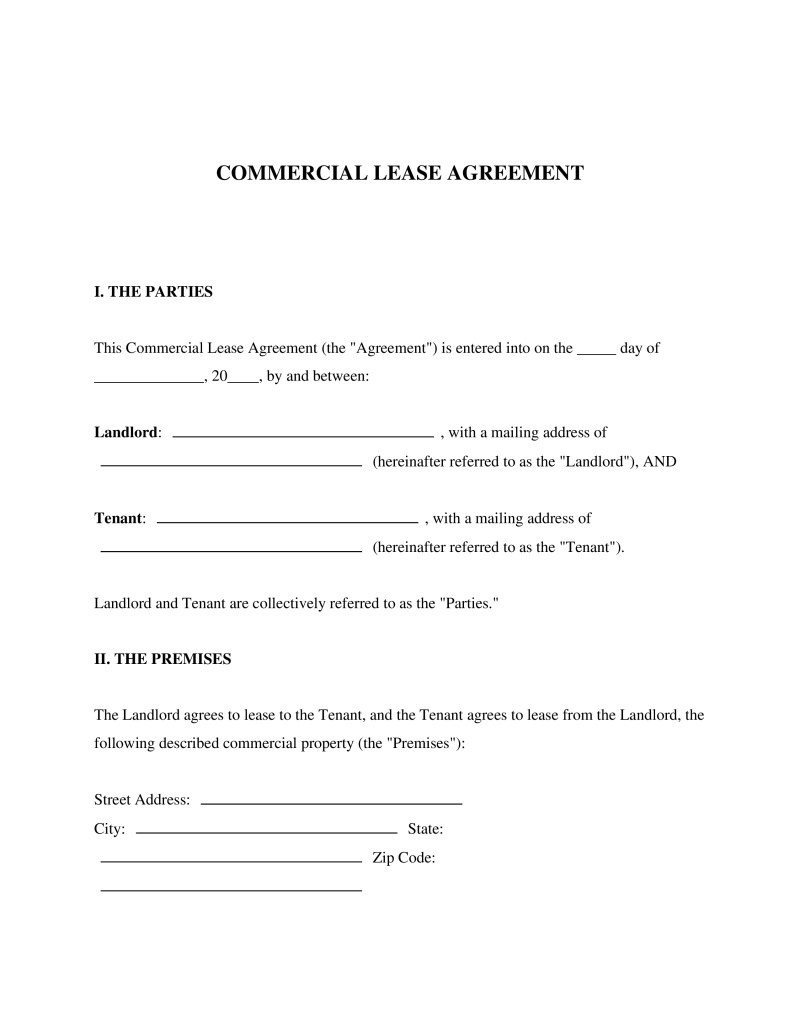
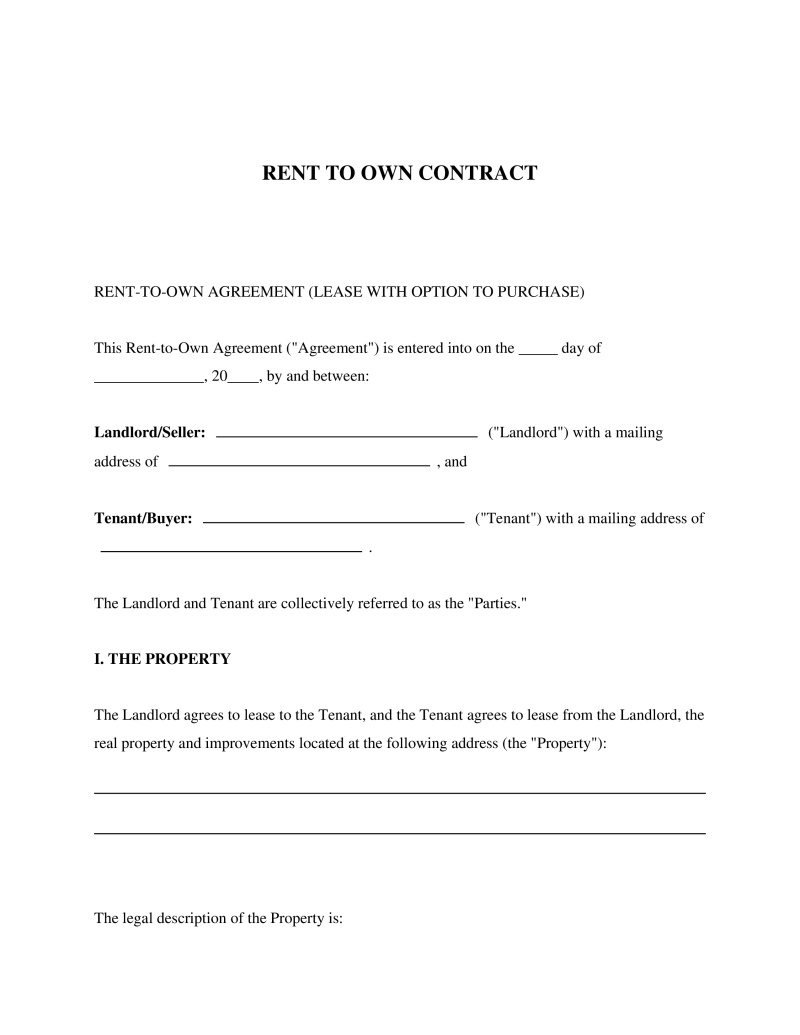
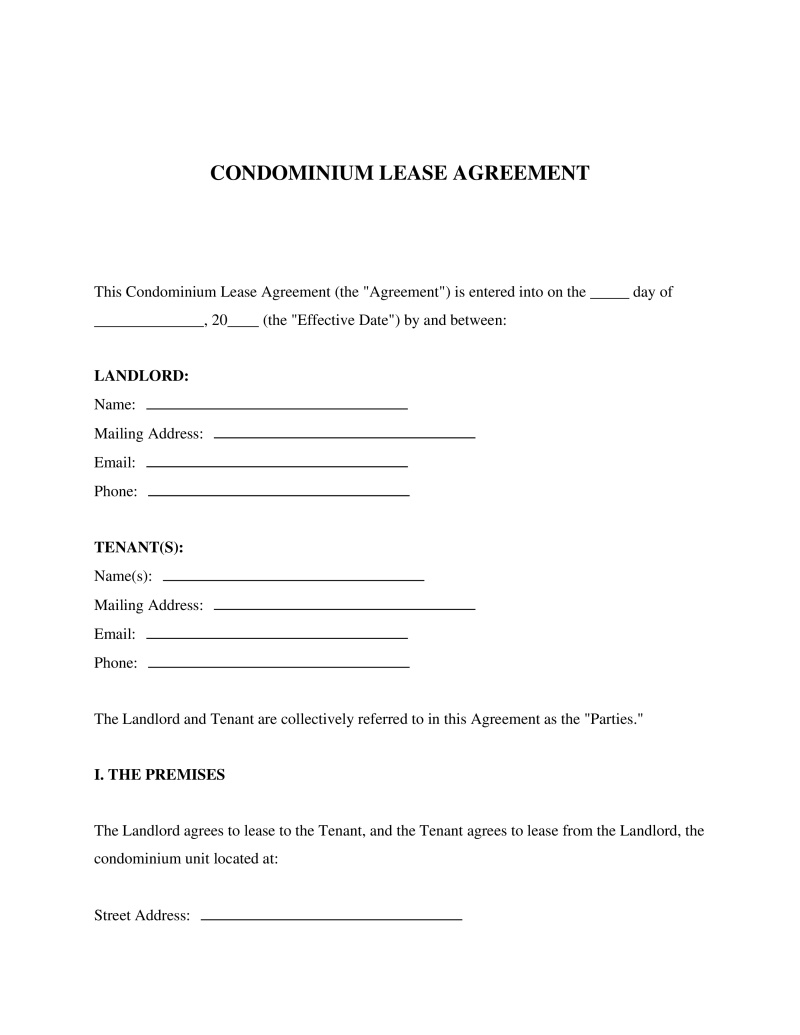
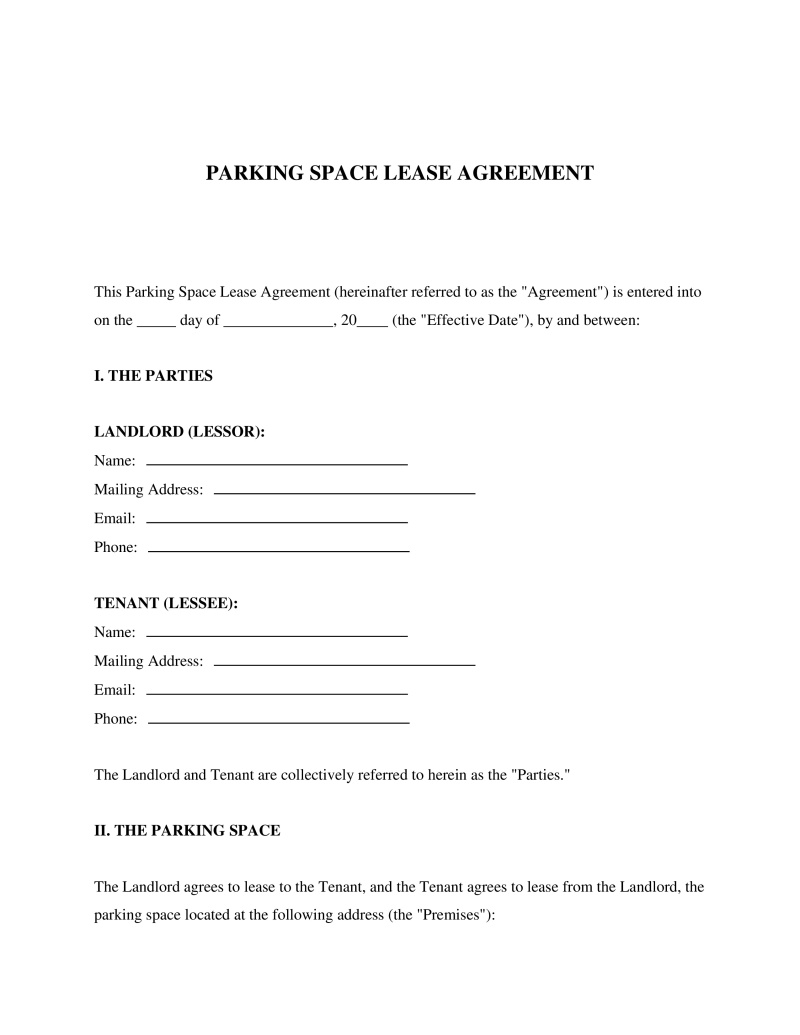
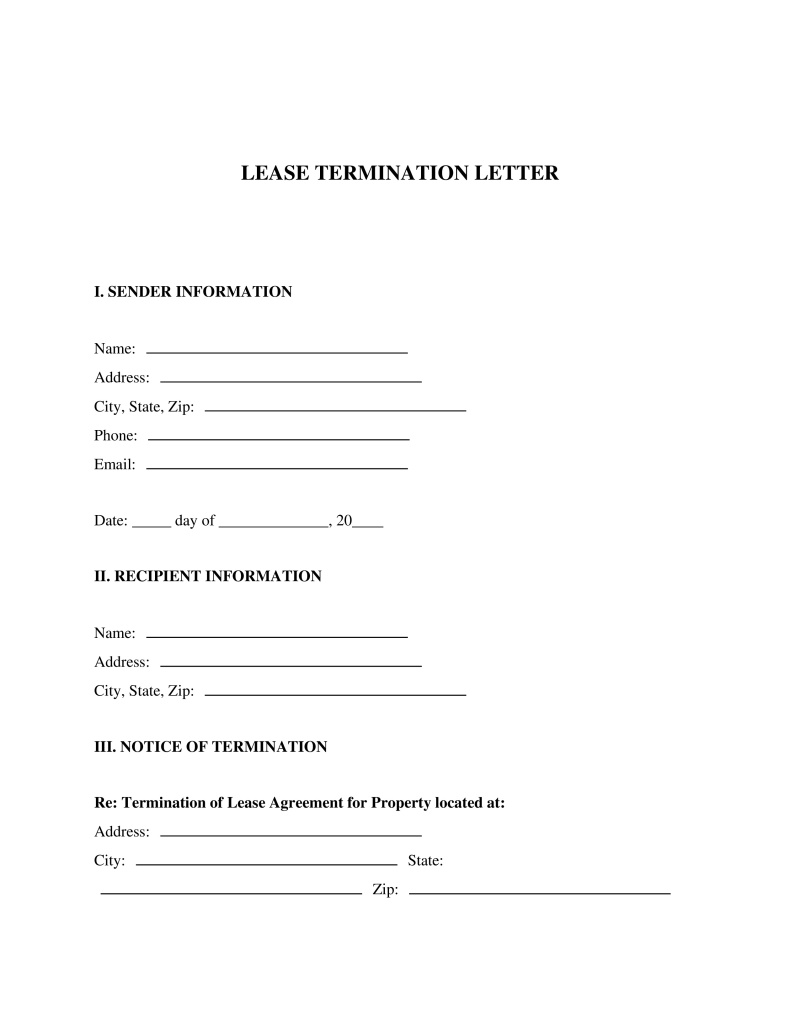
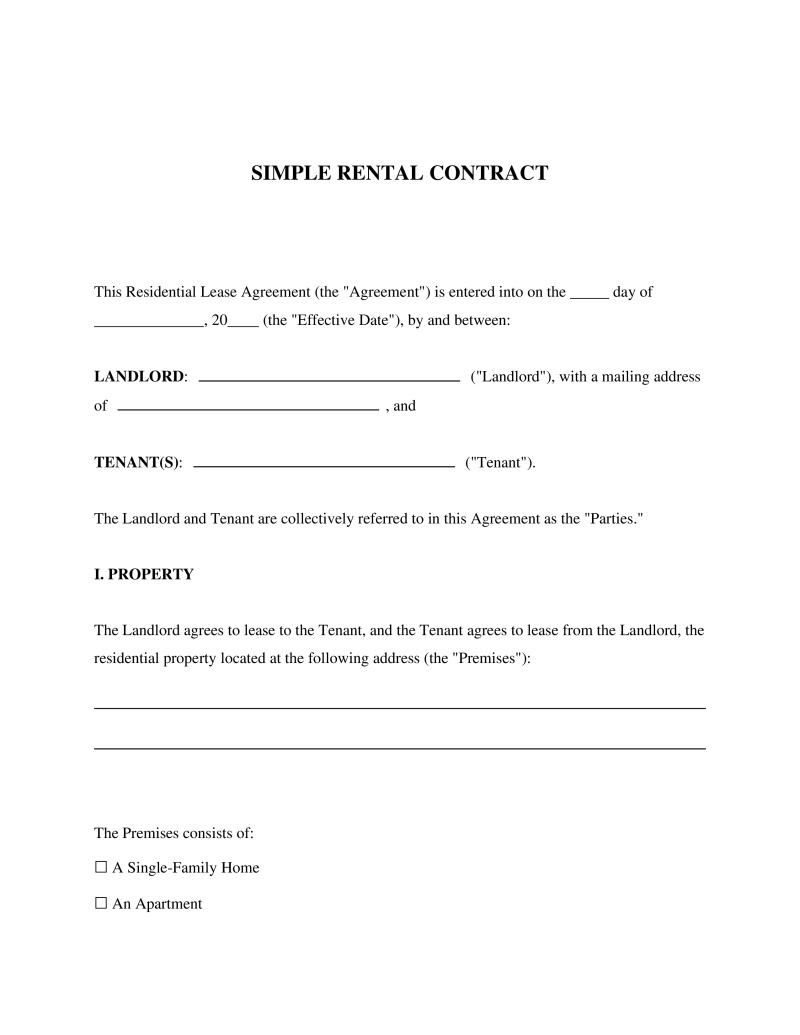
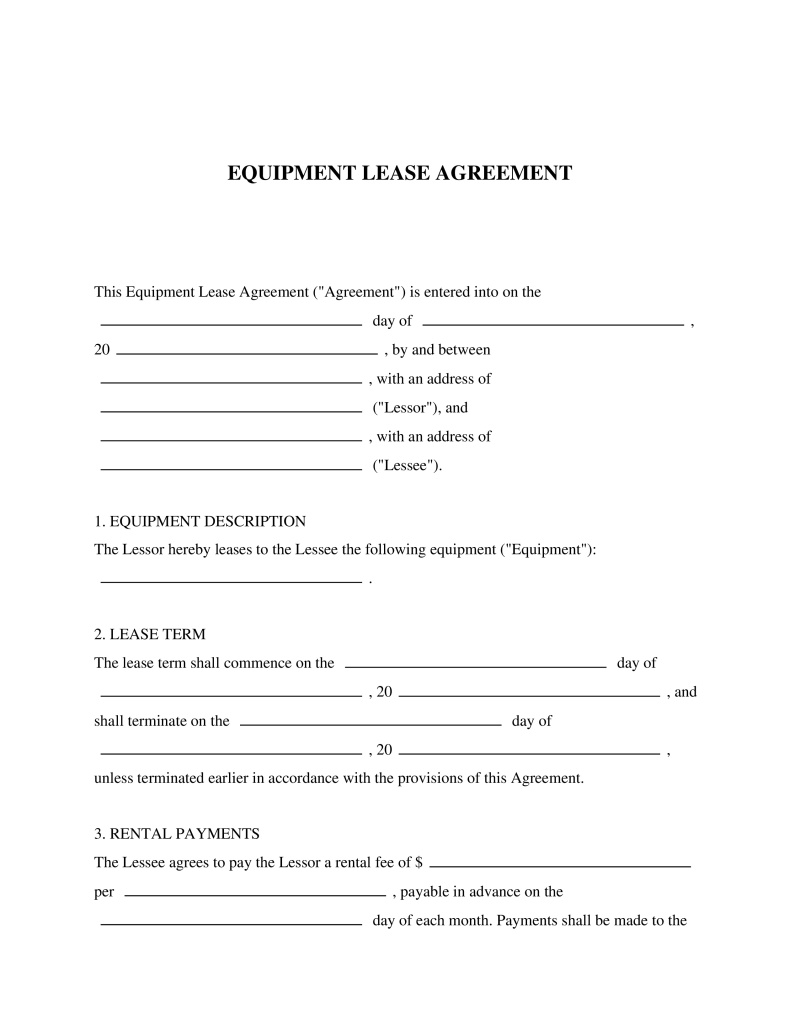

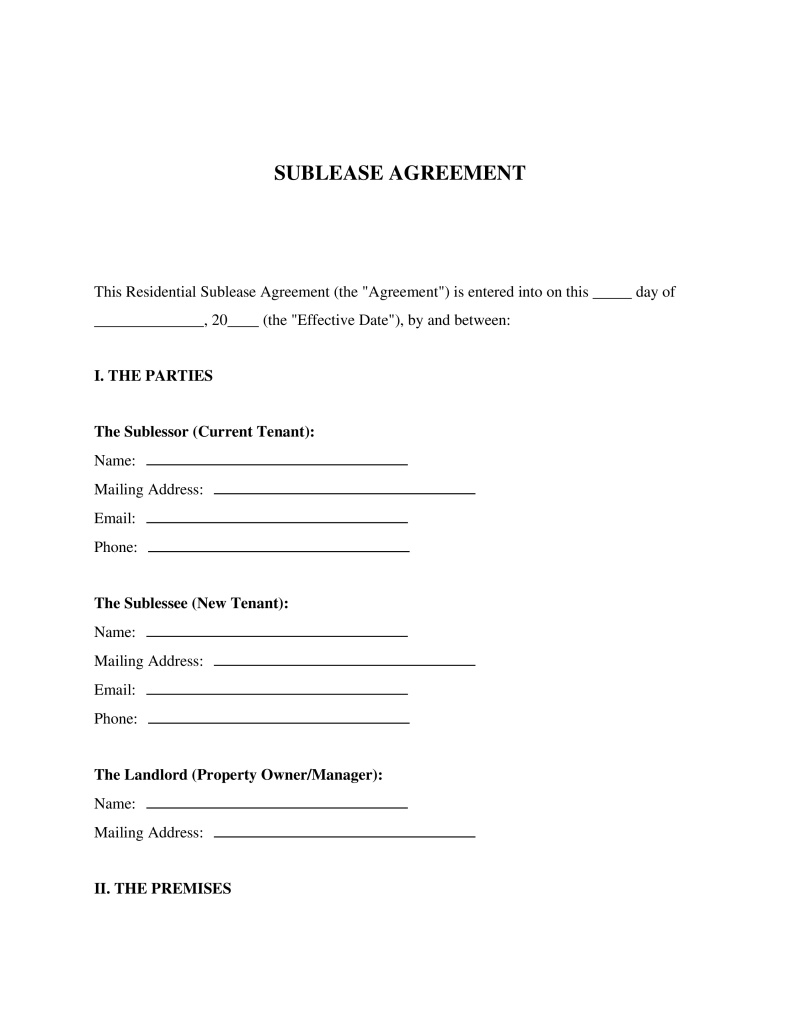
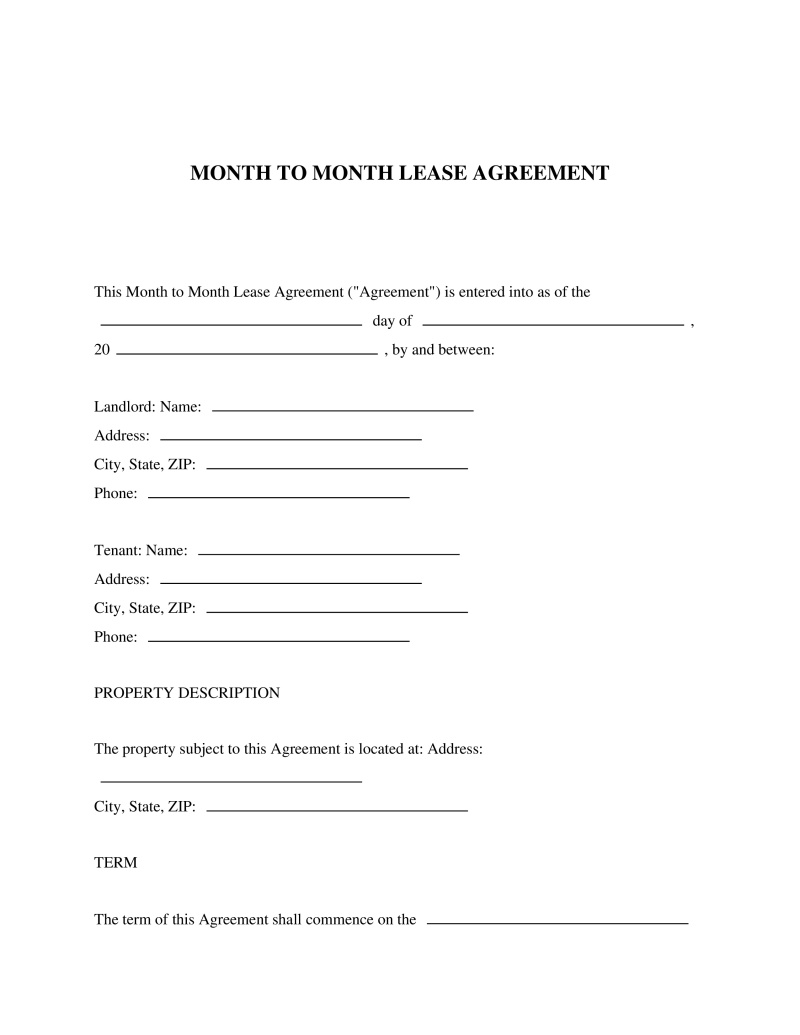
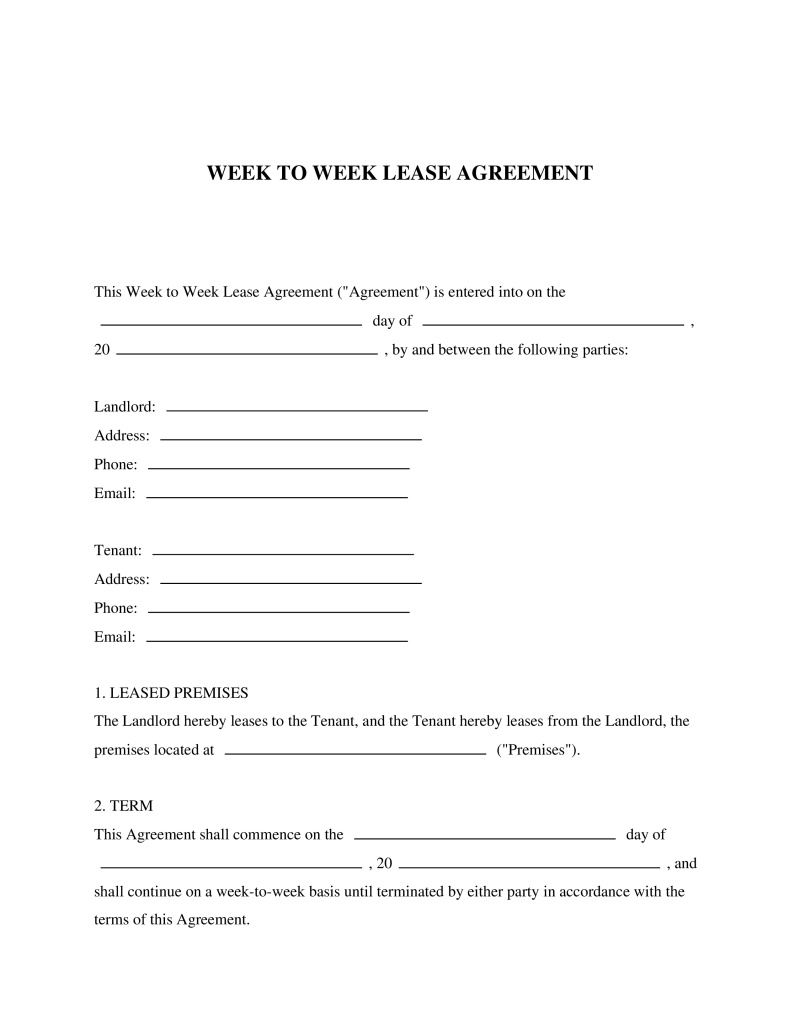
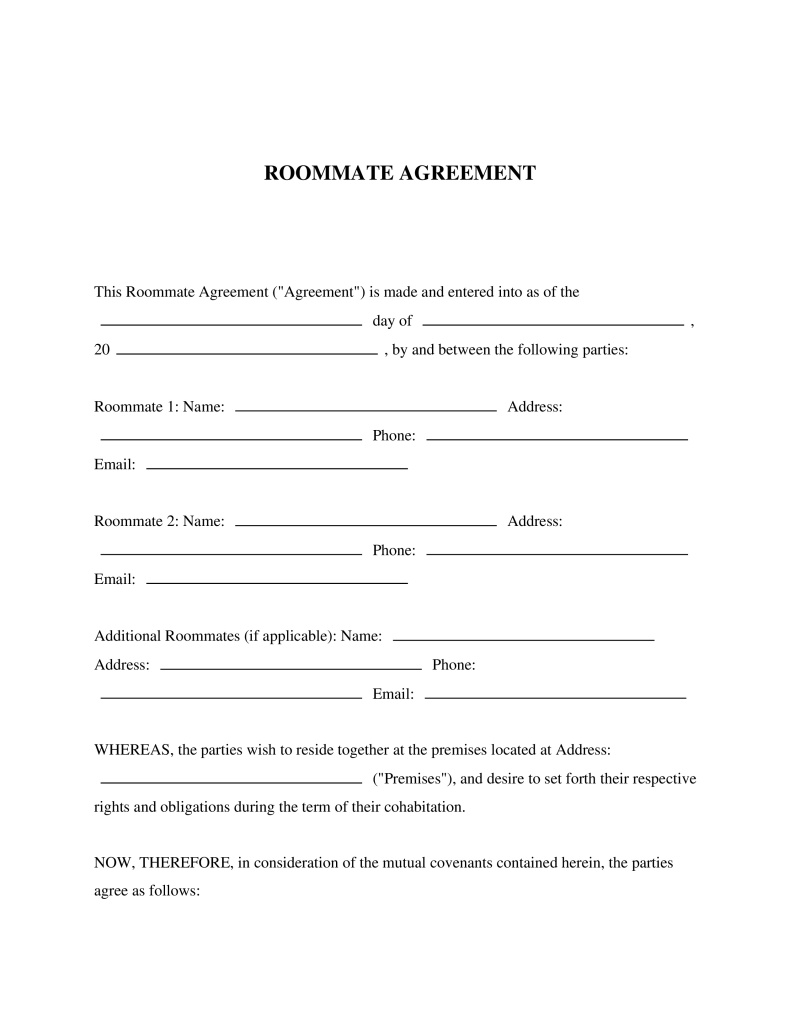
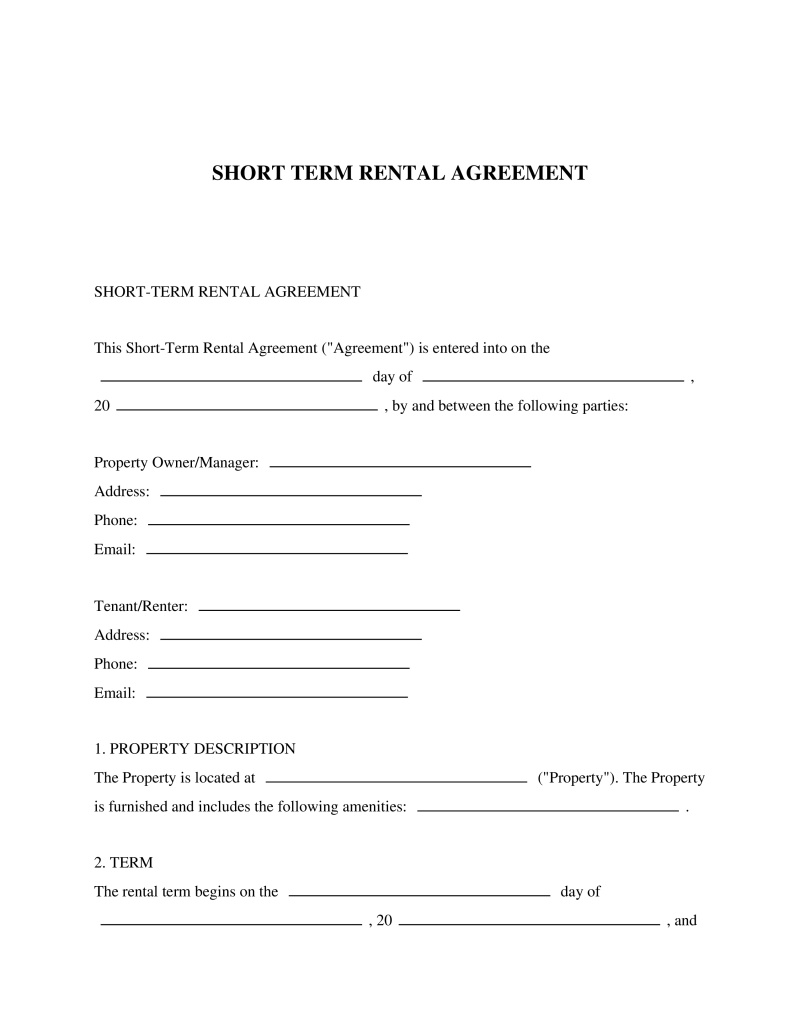
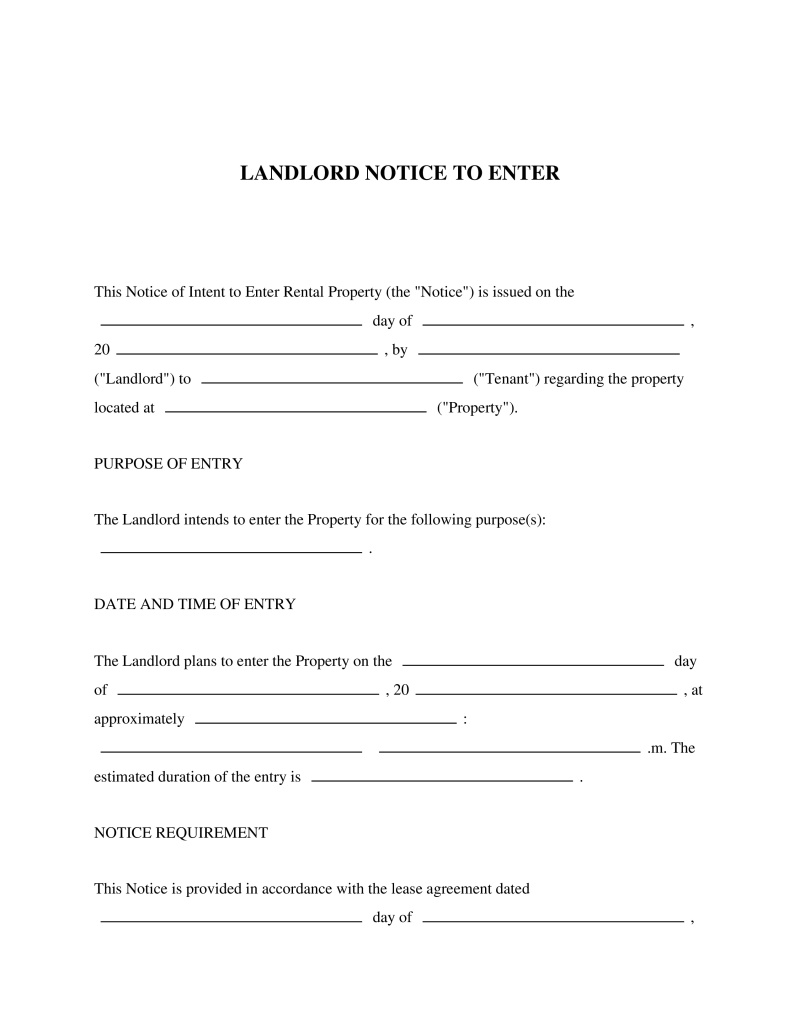
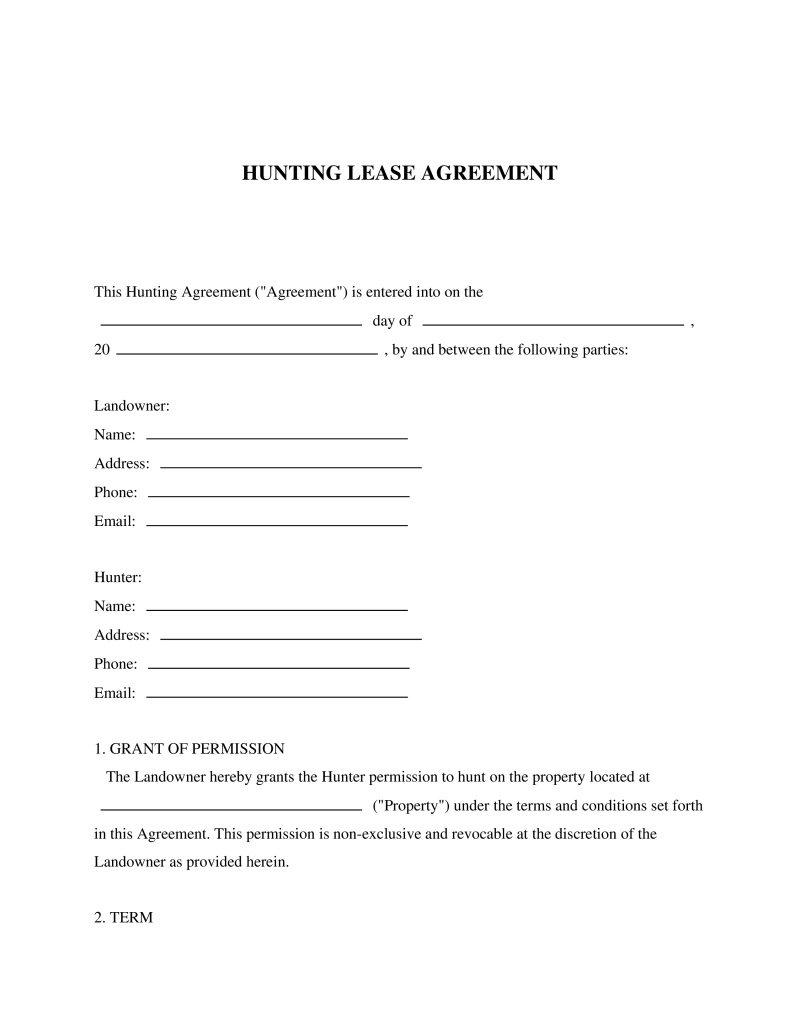
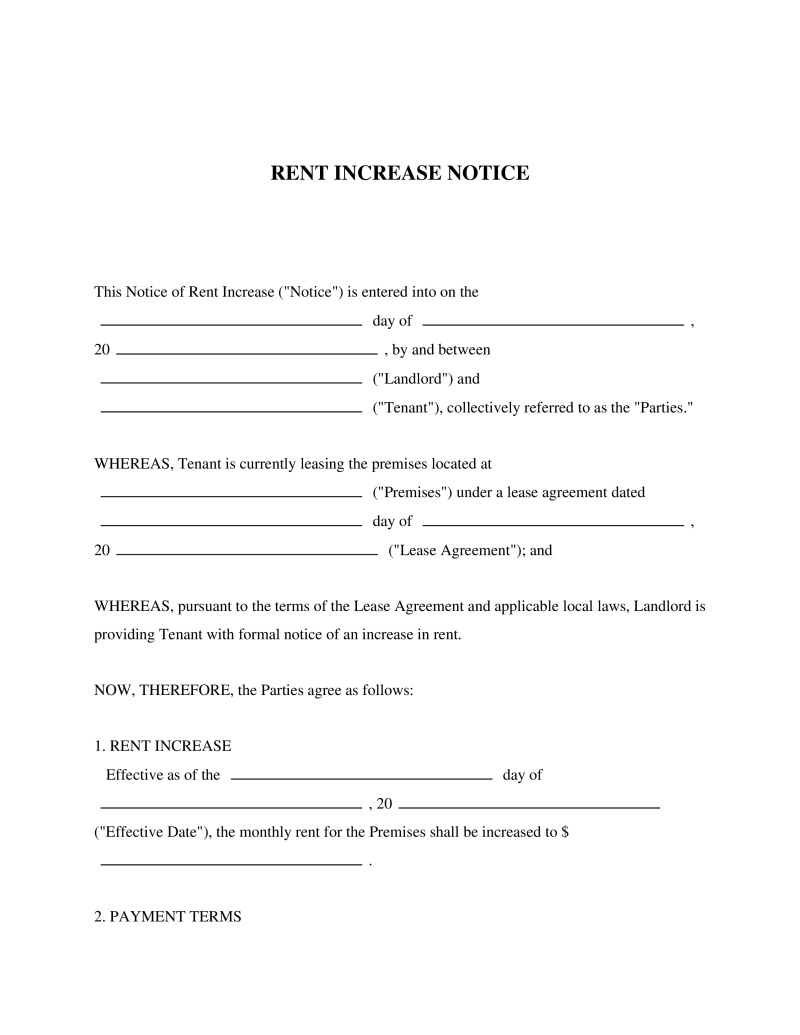
Comments (1)
Leave a Comment
Wilfred Bosco-Kassulke
2 months ago
I would like to learn more about the lease agreement terms.